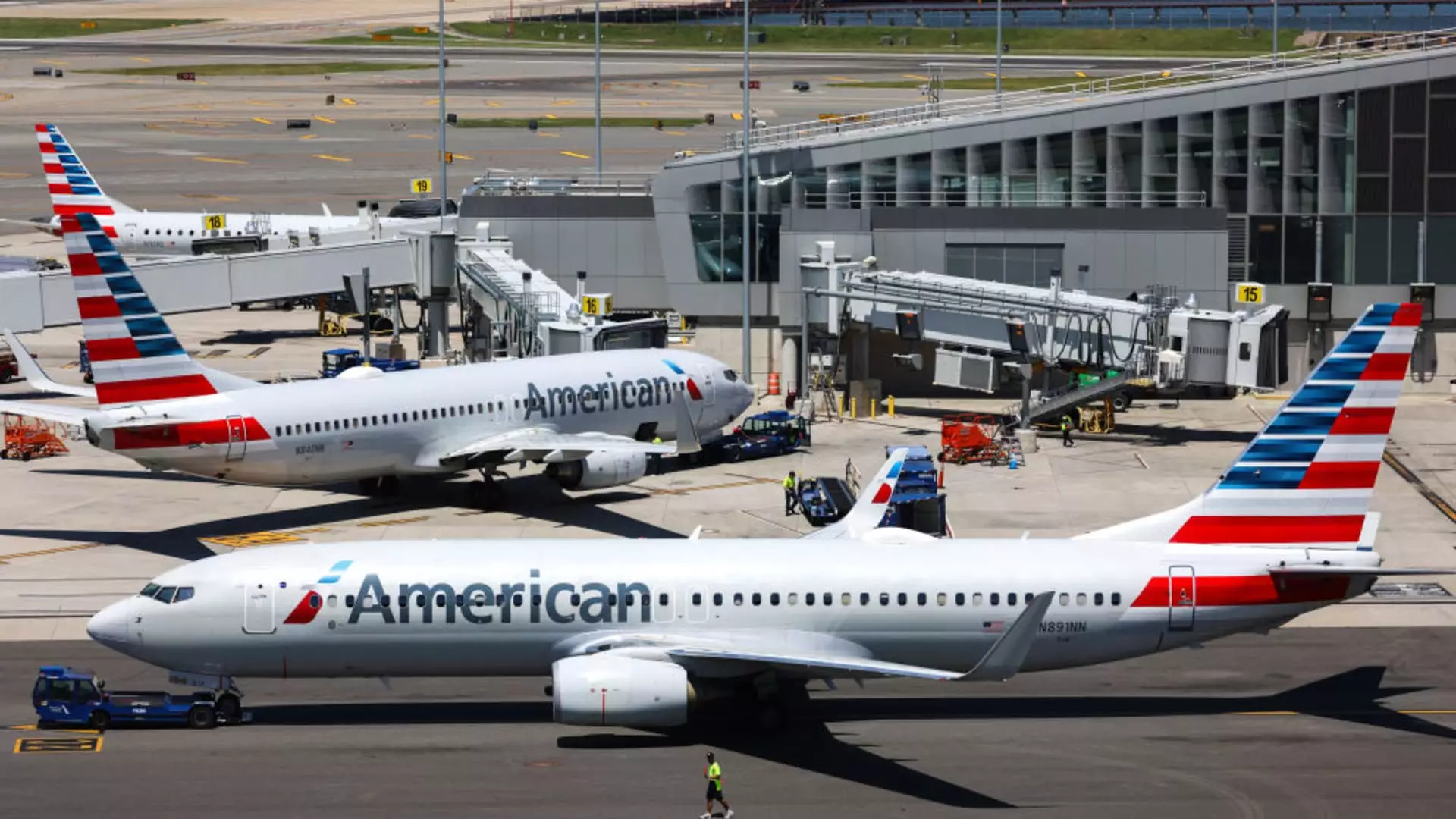In the ever-evolving world of airline loyalty programs and co-branded credit cards, American Airlines is currently navigating significant changes. The carrier is reportedly in discussions to transition its exclusive credit card partnership from Barclays, a long-standing relationship established following American’s acquisition of US Airways in 2013, to Citigroup. This shift highlights not only the competitive nature of banking partnerships within the airline industry but also the growing importance of loyalty programs in driving airline revenue.
American Airlines is strategically aiming to solidify its alliance with a single credit card issuer to maximize the financial benefits from its loyalty program. Reports suggest that this decision has been in the works for several months as the airline seeks to streamline its operations and increase revenue from its co-branded credit card ventures. Consolidation into a single partnership could allow American Airlines to benefit from a more cohesive marketing strategy, a simplified customer experience, and potentially enhanced financial returns from customer spending.
The influence of banking partnerships on airline profitability cannot be understated. While airlines often depend heavily on ticket sales, they simultaneously generate significant income from banks in exchange for the miles customers accumulate on their credit cards. This dual revenue stream has proven invaluable, particularly during the pandemic when many carriers experienced a substantial drop in passenger demand. Since then, airlines, including American, have focused on increasing the scale and profitability of these arrangements.
The negotiations for co-branded credit card partnerships are highly competitive, often teeming with intricacies that greatly affect profit margins for both the airline and the issuing bank. For banks, partnering with a major airline provides access to a significant and dedicated customer base, encouraging millions to engage in high-volume spending through their cards. However, as the airline industry has shifted its focus on maximizing returns, banks have found themselves reevaluating their positions amid increasing card losses and tighter regulatory scrutiny.
Recent projections indicate that while airline loyalty programs are poised for growth, the banks issuing credit cards are facing heightened operational costs, making profitability a critical focus. Thus, the partnership landscape is dynamic, as both airlines and banks negotiate hard on favorable terms while trying to maintain customer appeal.
Despite claiming to have the largest loyalty program, American Airlines has faced substantial competition from Delta Air Lines, particularly highlighted in their cardholder compensation strategies. Delta’s partnership with American Express has yielded approximately $7 billion in payments compared to American’s $5.2 billion with Citigroup. This disparity underscores the fierce competition among airlines to secure lucrative partnerships that provide worthwhile returns on investment.
American Airlines has acknowledged its ongoing collaboration with all partners, expressing a commitment to explore improvements in offerings for customers. A robust loyalty program plays a vital role not only in customer satisfaction but also in ensuring repeat business. This commitment to enhancing the AAdvantage program may well be a critical factor in shaping the airline’s future credit card partnerships.
While American Airlines appears eager to formalize discussions with Citigroup, potential regulatory hurdles loom large. A partnership agreement is subject to scrutiny from governing bodies, which could delay or alter the course of negotiations. The Department of Transportation and other regulatory authorities might challenge aspects of the deal, adding another layer of complexity to the negotiations and leaving the current system with Barclays intact.
The airline industry is no stranger to complications arising from regulatory intervention, and American may need to navigate these challenges deftly to secure its new partnership.
If American Airlines successfully formalizes an agreement with Citigroup, it could potentially reshape the co-branded credit card landscape altogether. This move, which could entail a contract lasting seven to ten years, would empower Citigroup to invest heavily in the airline’s credit card program, potentially driving even more significant profits over time.
As Citigroup’s CEO, Jane Fraser, has emphasized the importance of enhancing the profitability of such partnerships, the airline and bank loyalty program synergy could lead to increased customer engagement and spending. Consequently, both entities would mutually benefit from this enhanced economic relationship.
The ongoing negotiations between American Airlines and Citigroup signify not merely a potential shift in partnerships but also a realignment of strategies within an intensely competitive market. As the landscape of airline loyalty programs evolves, the importance of responsive, adaptable partnerships will be paramount in driving profitability in the airline industry. The outcome of these negotiations will not only influence American Airlines but may set precedents for how other carriers approach their loyalty programs in the future.

Leave a Reply